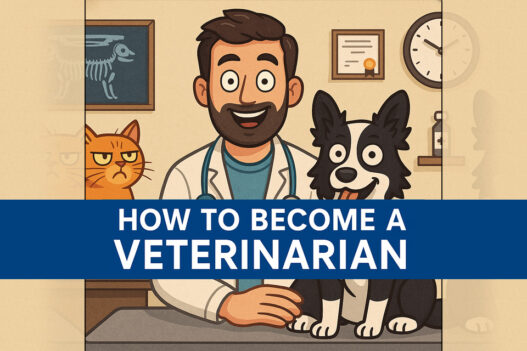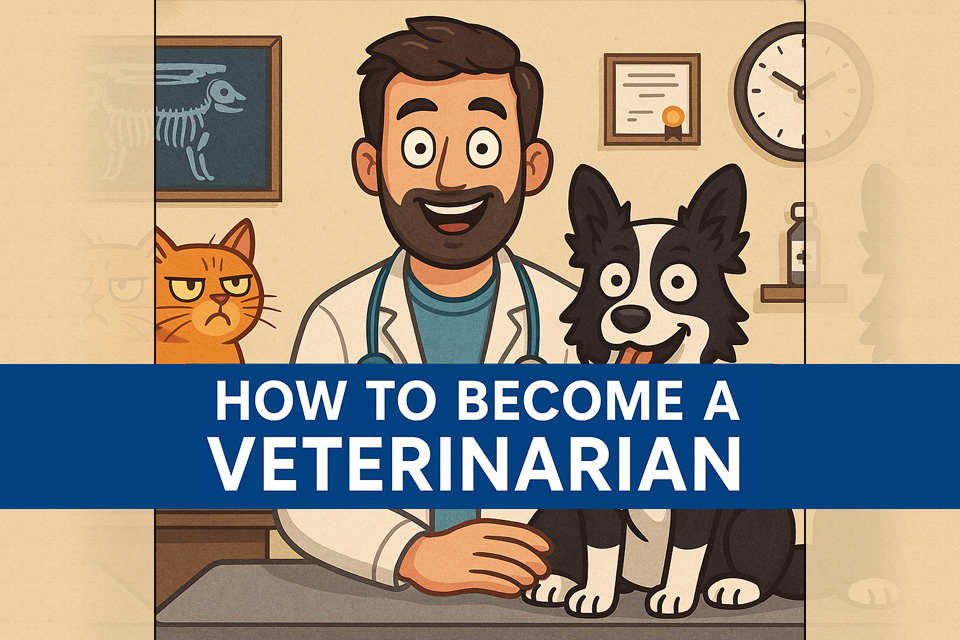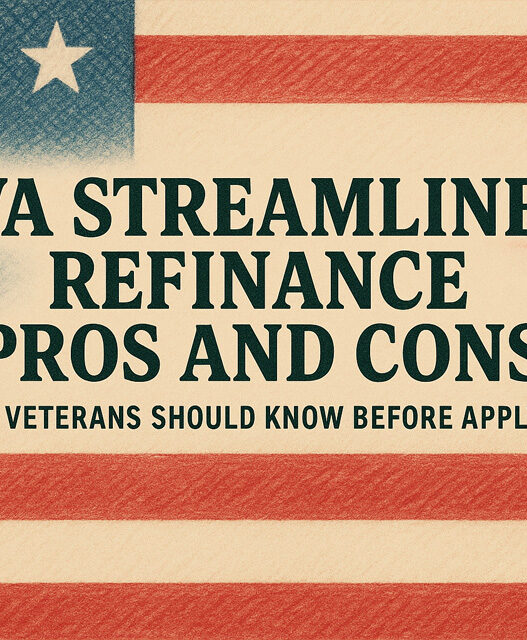If you love animals and spreadsheets, you can become a veterinarian and actually check both boxes.
But passion doesn't pay tuition by itself.
Below is the complete path—training, specialties, salaries, debt, and smart ways to keep your balance sheet healthy from day one.
Veterinarian Snapshot (Money + Market)
- Median pay (U.S.): $125,510 (May 2024)
- Jobs: ~88,200 positions in 2023
- Projected 19% growth (much faster than average) through 2033
- How many veterinarians exist: ~130,415 in the U.S. (2024 estimate; counts people, not positions)
- New-grad starting compensation (2024): about $130,000 (full-time roles)
Why the Two Headcounts?
What Veterinarians Do (And Where the Money Shows Up)
Most veterinarians work in private practice (companion animals), with others in food animal, equine, public health, academia, industry, and government settings.
Work spans clinical care, surgery, diagnostics, prevention, and client education.
Compensation varies by role and ownership: Associate pay is lower than owner pay; food-animal and equine salaries have risen but still differ from those in small-animal practices; relief work and specialty credentials can alter the curve.
The Career Path (Step-by-Step)
- Pre-vet coursework (typically a bachelor's): heavy on biology, chemistry, animal science, plus math and humanities. Competitive admissions favor hands-on animal experience.
- Apply through VMCAS: the centralized application for most schools.
- Current fees: $241 for your first program, and $132 for each additional program. Some schools also charge a supplemental fee.
- GRE? Many programs have dropped GRE requirements; always verify with each school individually. (Example: UC Davis removed the GRE in 2022.)
- Earn the DVM/VMD (4 years): classroom, labs, and a clinical rotation year.
- Licensure: pass the NAVLE and meet state requirements. (NAVLE is offered in multiple annual windows.)
- NAVLE = North American Veterinary Licensing Examination
- Optional training: internship (1 year) and residency (2–4 years) if you pursue a specialty
- Note the trade-off—training pay is far below new-grad offers in practice.
What Veterinarian School Really Costs (And How to Lower It)
- Typical all-in four-year cost: Often $200k (in-state) to $275k+ (out-of-state), before scholarships—wide range by school. Use VIN Foundation's Cost of Education tools for current comparisons.
- Recent debt picture: 2024 graduates' mean educational debt (all grads) ~$169k; among borrowers only, ~$203k. Debt-to-income ratio averaged 1.4—generally considered manageable.
Smart Cost Moves:
- Prioritize resident-tuition schools when possible (tuition arbitrage matters). Use VIN's Cost of Education Map to compare scenarios.
- Factor application costs into your budget (VMCAS + supplemental fees).
- Consider military pathways: the Army HPSP scholarship can cover full tuition plus a stipend in exchange for service; loan-repayment programs also exist (terms vary by branch and year).
- Explore federal programs:
- PSLF (Public Service Loan Forgiveness) for government/501(c)(3) roles after 120 qualifying payments (rules can change—always verify current eligibility).
- USDA VMLRP (Veterinary Medicine Loan Repayment Program) for shortage areas—currently up to $40,000 per year for 3 years (policy recently increased).
Salaries By the Numbers
- Median wage (all vets): $125,510 (May 2024).
- New-grad compensation (2024): ~$130,000 (full-time).
- Practice-type color: equine starting offers rose from ~$65k (2021) to ~$95k (2023), narrowing gaps with other private-practice sectors. Owners vs. associates vary widely.
Translation
Your first salary is competitive against your debt if you keep borrowing in check and ramp up earnings (production pay, certifications, or ownership) over time.
Specialties & Niches (How to Stand Out and Get Paid for It)
Veterinary medicine has 20+ AVMA-recognized specialty organizations spanning these and more:
- surgery
- internal medicine (small/large animal)
- emergency/critical care
- anesthesia
- oncology
- radiology
- ophthalmology
- behavior
- pathology
- public health
- preventive medicine
- nutrition
- exotics
- shelter medicine
Specialization usually requires internship + residency + board exams through the relevant college.
Want a sense of how many specialists there are? AVMA's counts show fields like small-animal internal medicine (~1,600) and ophthalmology (~590) board-certified diplomates—small talent pools relative to overall practice.
The ROI playbook (How Vets Make the Money Work)
You need a plan if you want to become a veterinarian without paying for it for the rest of your life.
1. Keep your debt-to-income (DIR) under 1.5.
That's the “sleep at night” zone for many grads. School choice and residency status matter more than brand prestige. Use VIN's calculators before you apply.
2. Negotiate production + CE + benefits, not just base.
New-grad offers often include production bonuses. Use AVMA's salary estimator and market reports as anchors.
3. Consider geographic arbitrage
Shortage areas can mean higher comp, signing bonuses, or loan repayment (USDA VMLRP).
4. Choose your lane strategically
If you love the OR, surgery training can raise your ceiling; if you love systems, public health/food safety roles may pair good stability with PSLF eligibility.
5. Ownership is the long game
Owners typically out-earn associates over time, though you'll shoulder business risk and leadership duties. Industry data show meaningful owner-income gaps in companion animal practice.
Types of Veterinarians (And What That Means for Your Wallet)
- Companion-animal (small animal): Clinics/hospitals; broad case mix; largest demand. Strongest market depth for associates and owners.
- Mixed/food-animal: Herd health, production medicine, field work; rural incentives and loan programs can sweeten the deal.
- Equine: Ambulatory+hospital work; compensation improved, lifestyle is unique (on-call, travel).
- Public practice/government (e.g., USDA, FDA, DoD): Food safety, epidemiology, inspection, research—often PSLF-eligible.
- Academia & research: Teaching, clinical service, grants; training pay is lower during residency but can lead to competitive specialist roles.
- Industry: Pharma, nutrition, device companies—non-clinical roles that leverage medical expertise.
Can Highly-Leveraged People Still Succeed?
In business, leverage can accelerate growth and risk.
The same applies to careers.
Yes, you can succeed with higher student debt—especially if your earnings rise quickly—but lower leverage makes you more shock-proof (career breaks, market cycles, relocations).
Veterinary data trends show improving starting pay and manageable average DIRs, but dispersion is real.
Build your plan as if you're in the bottom third of offers; if you land in the top third, you win bigger.
Action Plan (From “Thinking About It” to “First Paycheck”)
- Pre-vet audit: pick three target schools with the best resident-tuition math; line up animal/vet hours and a DVM recommender.
- Budget the application year: VMCAS + supplementals + interview travel.
- Run your numbers before you commit: use VIN Foundation's Cost of Education Toolkit to project total borrowing and payments under various repayment plans.
- Know your repayment paths: PSLF-eligible roles, USDA VMLRP, and potential military scholarships/repayment. Rules shift—check official pages right before decisions.
- First-job negotiation: bring market data (AVMA salary estimator; recent reports), ask about CE, production %, and mentorship.
- Five-year plan: pick a niche (dentistry, ultrasound, behavior, surgery assist), track case outcomes, and revisit the ownership question once clinical confidence and savings cushion are in place.
Final Words
Veterinary medicine is a mission-driven career with real financial upside—especially if you're intentional about where you train, how much you borrow, and which path you choose after graduation.
The market is growing, pay is improving, and loan-relief options exist—but your school choice and debt load will set the tone for the next decade.
Make those two decisions like a CFO, and you can practice like the clinician you set out to be.
If you aren't ready to jump in fully, consider becoming a veterinary assistant first.
The post How to Become a Veterinarian (And Make the Money Math Work) appeared first on MoneyMiniBlog.



















